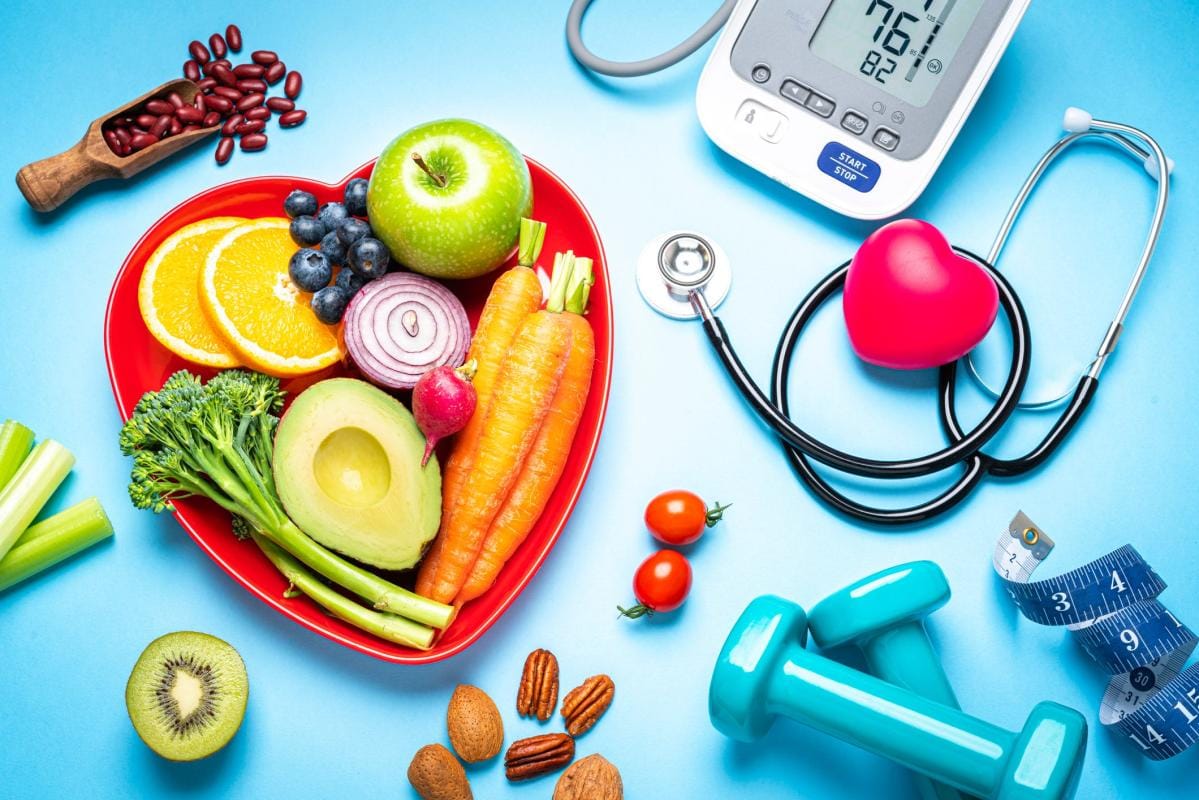Navigating the world of healthy food can feel like trying to decipher a foreign language, especially when it comes to understanding regulations and labels. But fear not! Just like a trusty cookbook, this guide will help you whip up a solid understanding of the legal essentials surrounding healthy food. Let’s explore the ingredients that make up this crucial aspect of the culinary world!
The Importance of Legal Regulations in Food
Ensuring Safety and Quality
Legal regulations play a vital role in ensuring that the food we consume is safe and of high quality. They are designed to protect consumers from harmful substances and misleading claims. Think of regulations as the food police, ensuring that everything on your plate meets the required standards.
Imagine biting into an apple that has been sprayed with unsafe pesticides—yikes! Regulations are like a superhero cape for our food, swooping in to save the day!
Promoting Transparency
Food labeling regulations promote transparency, allowing consumers to make informed choices about the products they purchase. Labels provide essential information about ingredients, nutritional content, and sourcing, helping us understand what we’re putting into our bodies.
Ever tried to decipher the ingredients list on a package of granola? It’s like a puzzle! “Wait, what’s this ‘quinoa syrup’ doing here?” Thank you, regulations, for helping us figure it all out.
Key Regulations in Healthy Food
Food Safety Modernization Act (FSMA)
The FSMA aims to ensure the safety of the food supply by focusing on prevention rather than response to foodborne illnesses. This act requires food manufacturers to implement safety measures and maintain proper hygiene.
Imagine a world where foodborne illnesses are as rare as finding a unicorn. The FSMA is our guiding star in that quest for safer food!
Nutrition Labeling and Education Act (NLEA)
The NLEA mandates that most packaged foods carry a nutrition label, providing vital information such as serving size, calories, and nutrient content. This act is a game-changer for consumers, helping us make healthier choices.
Picture yourself in the grocery store, confidently scanning nutrition labels like a pro. “This cereal has how much sugar? Not on my watch!”
Understanding Food Labels
Nutritional Claims
Food labels often feature nutritional claims such as “low-fat,” “high-fiber,” or “sugar-free.” However, these claims can sometimes be misleading. Understanding what these terms mean is crucial for making informed choices.
For instance, a product labeled “sugar-free” might be loaded with artificial sweeteners. It’s like a “too good to be true” dating profile—always read the fine print!
Ingredient Lists
Ingredient lists are a treasure trove of information, revealing what goes into your food. Ingredients are listed in order of quantity, from highest to lowest. The shorter the list, the better—unless you’re dealing with an artisanal jam, then bring on the flavor!
Think of ingredient lists as the backstage pass to your food’s story. “What’s in this granola? Almonds, oats, and—oh wait, is that a tiny sprinkle of mystery?”
The Role of Certifications
Organic Certification
Products labeled as organic must meet specific standards set by the USDA. Organic foods are produced without synthetic fertilizers, pesticides, or genetically modified organisms (GMOs).
So when you see that shiny organic label, you can rest assured that your food is as nature intended—minus the chemicals and with a lot more love!
Non-GMO Project Verified
The Non-GMO Project verifies products that are free from genetically modified organisms. This certification provides peace of mind for consumers who prefer to avoid GMOs.
It’s like a badge of honor for foods that are proudly traditional. “Non-GMO? Check! Let’s eat like it’s 1999!”
Conclusion: Navigating the Legal Landscape
In conclusion, understanding the legal essentials of healthy food is crucial for making informed dietary choices. From regulations that ensure safety and quality to labels that promote transparency, this knowledge empowers consumers to navigate the grocery aisles with confidence.
So, the next time you reach for that box of cereal or a jar of sauce, take a moment to appreciate the regulations that help keep our food safe and nutritious. After all, a well-informed consumer is the best ingredient for a healthy lifestyle! 🥗📜✨



